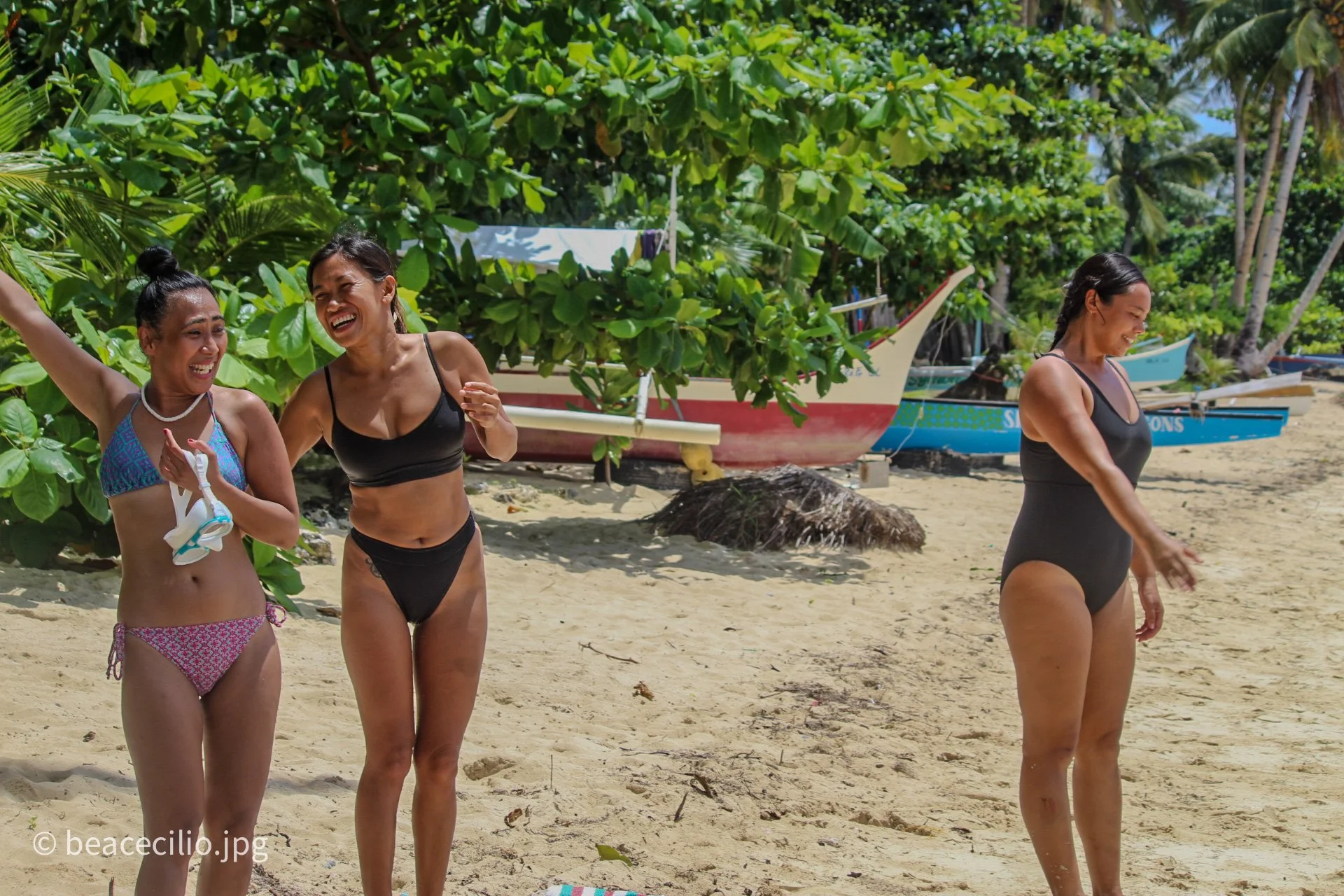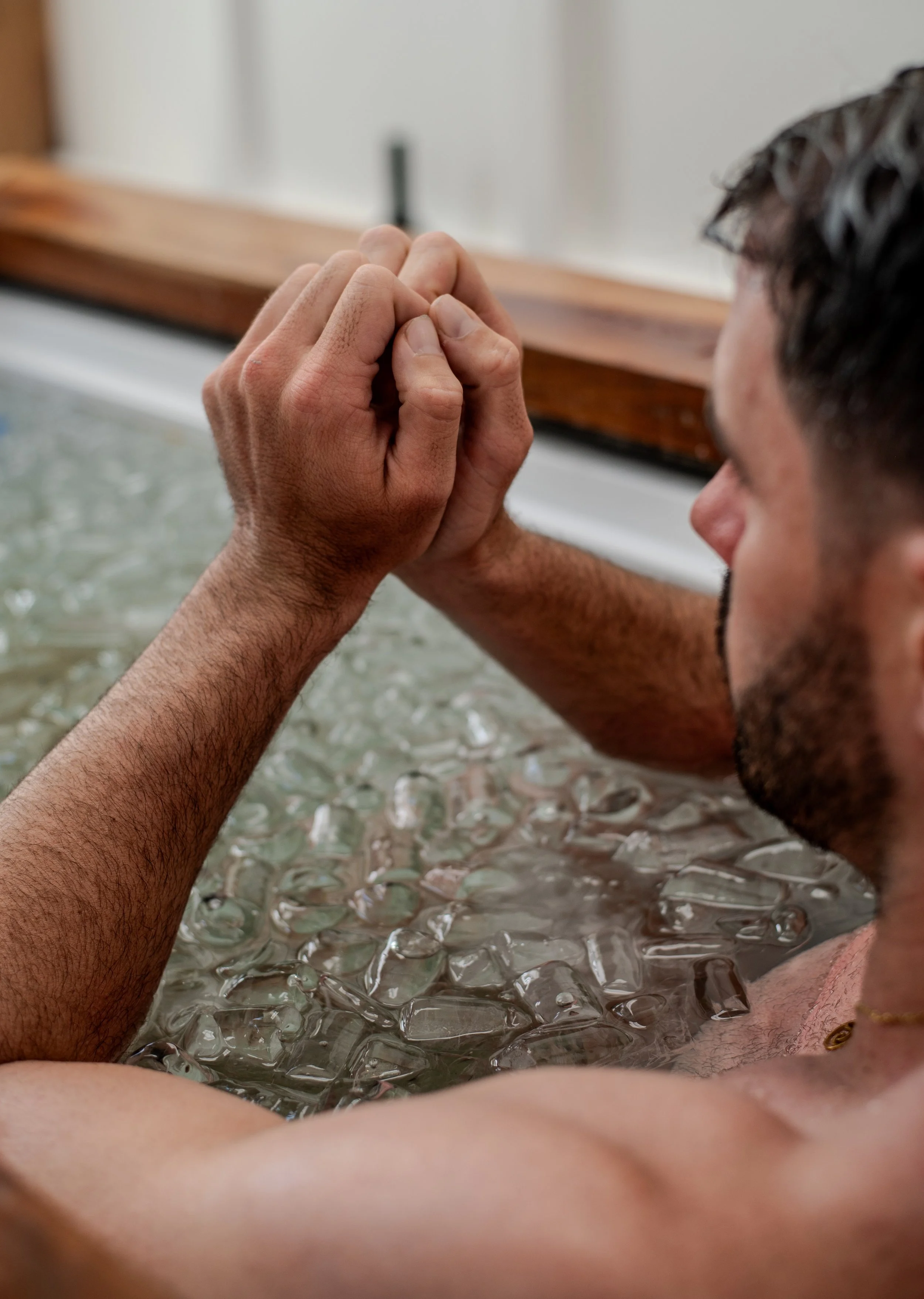Get Beach-Ready: Your Complete Body Preparation Guide for Siargao's Ultimate Fitness Retreat
Siargao Island, the Philippines' surfing capital, beckons fitness enthusiasts with its pristine waters, perfect waves, and tropical paradise setting. But before you pack your bags for that dream fitness retreat combining functional training, swimming, and surfing, your body needs proper preparation. The transition from your regular routine to an intensive multi-sport retreat in a tropical environment can be challenging without adequate conditioning.
This comprehensive guide will transform your pre-retreat preparation from guesswork into a strategic plan. Whether you're a weekend warrior looking to level up or a fitness enthusiast ready for your next challenge, preparing your body specifically for Siargao's unique demands will maximize your retreat experience and minimize injury risk. From building functional strength that translates directly to wave-riding prowess to developing the cardiovascular endurance needed for long swimming sessions in tropical heat, every aspect of your preparation matters.
The difference between struggling through your retreat and thriving in paradise lies in the weeks of targeted preparation beforehand. Let's dive into the essential steps that will have you arriving in Siargao not just ready, but confident and excited to tackle every challenge the island throws your way.
Build Your Functional Foundation: Strength Training That Matters
Functional training forms the backbone of any successful fitness retreat, and Siargao's program will push your body in ways traditional gym workouts cannot. Your preparation should focus on compound movements that mirror real-world activities you'll encounter during surfing, swimming, and beach-based training sessions.
Start with bodyweight fundamentals that build core stability and full-body coordination. Master the basics: push-ups, pull-ups, squats, lunges, and planks. These movements translate directly to surfing maneuvers and swimming efficiency. Progress to single-arm and single-leg variations to challenge your balance and stability systems, which are crucial for maintaining control on unstable surf boards.
Incorporate rotational movements into your routine, as surfing demands significant core rotation and anti-rotation strength. Medicine ball throws, wood chops, and Russian twists will prepare your obliques and deep core muscles for the twisting motions required during wave riding. Don't neglect your posterior chain – your glutes, hamstrings, and back muscles are essential for powerful paddle strokes and explosive surf maneuvers.
Focus on unilateral training to address muscle imbalances that could lead to injury. Single-leg deadlifts, step-ups, and single-arm rows will strengthen each side of your body independently, creating better overall stability and reducing compensation patterns that develop from bilateral training alone.
Dive Into Aquatic Conditioning: Swimming Preparation Strategies
Swimming in Siargao's open waters presents unique challenges compared to pool swimming. The ocean's unpredictable conditions, saltwater buoyancy, and potential currents require specific preparation to ensure you're comfortable and confident in the water.
Begin by building your swimming endurance gradually if you're not already a regular swimmer. Start with 20-30 minute sessions focusing on proper technique rather than speed. Freestyle will be your primary stroke, but incorporate backstroke and breaststroke to develop well-rounded aquatic fitness and prevent overuse injuries from repetitive motion.
Practice breathing bilaterally (on both sides) to prepare for ocean conditions where waves might limit breathing to one side. This skill becomes invaluable when navigating choppy waters or swimming parallel to shore breaks. Include interval training in your swimming preparation – alternate between steady-state swimming and high-intensity bursts to simulate the varied demands of ocean swimming.
If possible, practice swimming in open water before your retreat. Lakes, rivers, or ocean swimming will help you adapt to the psychological aspects of swimming without pool walls and lane lines. The disorientation many pool swimmers experience in open water can be minimized through gradual exposure and practice.
Don't forget to strengthen your swimming-specific muscles on land. Lat pulldowns, seated rows, and band pull-aparts will enhance your pulling power, while core work will improve your body position and efficiency in the water.
Surf's Up: Physical Preparation for Wave Riding
Surfing demands a unique combination of strength, flexibility, balance, and cardiovascular fitness. Even if you're a complete beginner, arriving with a foundation in these areas will accelerate your learning curve and increase your time actually riding waves rather than struggling with basic positioning.
Develop your "pop-up" strength and speed through specific drills. Practice the movement on land, starting from a prone position and explosively pushing up into a surfing stance. This movement requires significant upper body strength, hip flexibility, and coordination. Incorporate yoga poses like cobra, downward dog, and warrior sequences to build the flexibility needed for smooth pop-ups and wave riding positions.
Balance training is non-negotiable for surf preparation. Use balance boards, BOSU balls, or simply practice single-leg stands with your eyes closed. Progress to dynamic balance challenges like single-leg deadlifts or catching and throwing a ball while balancing on one foot. These exercises develop the proprioceptive awareness essential for maintaining control on a moving surfboard.
Cardiovascular conditioning for surfing should include both steady-state and interval training. Paddling out through surf breaks requires sustained effort, while catching waves demands explosive power. Include swimming, rowing, or paddling-specific exercises to strengthen the muscles and energy systems you'll rely on in the water.
Work on your shoulder and upper back strength specifically for paddling endurance. Prone paddle exercises on a stability ball, resistance band pulling motions, and isometric holds will prepare your shoulders for the repetitive stress of paddling through surf sessions that can last hours.
Climate Adaptation: Preparing for Tropical Training Conditions
Siargao's tropical climate presents unique challenges that can significantly impact your performance if you're not properly prepared. High humidity, intense sun exposure, and consistent warmth require physiological adaptations that take time to develop.
Begin heat acclimatization at least two weeks before your retreat. If you live in a cooler climate, simulate tropical conditions by training in heated environments or wearing extra layers during workouts. Gradually increase your exposure to prevent heat-related illness while allowing your body to adapt its cooling mechanisms.
Hydration strategies become critical in tropical environments. Practice drinking larger volumes of water during training sessions and pay attention to your body's hydration signals. Your sweat rate will likely increase in Siargao's climate, so understanding your individual fluid replacement needs beforehand prevents dehydration-related performance decline.
Electrolyte balance becomes more complex in high-sweat environments. Experiment with different electrolyte replacement strategies during your preparation phase to find what works best for your body. Natural options like coconut water or targeted sports drinks can help maintain the sodium, potassium, and magnesium balance disrupted by increased sweating.
Consider your skin's preparation for increased sun exposure. While sunscreen is essential, gradually increasing your sun tolerance through controlled exposure helps prevent severe burns that could limit your activities. However, always prioritize sun protection over tanning, as sunburn will significantly impact your retreat experience.
Recovery and Injury Prevention: Your Pre-Retreat Insurance Policy
The intensity of a multi-sport fitness retreat in Siargao demands that your body's recovery systems are functioning optimally before you even arrive. Investing in recovery and injury prevention during your preparation phase pays dividends throughout your retreat experience.
Develop a consistent mobility routine that addresses the specific demands of functional training, swimming, and surfing. Focus on hip flexibility for deep squats and surf stances, shoulder mobility for overhead movements and paddling, and thoracic spine rotation for efficient swimming strokes and surf maneuvers. Dedicate at least 15-20 minutes daily to targeted stretching and mobility work.
Strengthen commonly injured areas before they become problems. Shoulder impingement, lower back strain, and knee injuries are common in multi-sport activities. Incorporate exercises like band pull-aparts for shoulder health, dead bugs for core stability, and glute bridges for hip strength. These preventive measures are far more effective than dealing with injuries during your retreat.
Practice self-massage and trigger point release techniques using foam rollers, lacrosse balls, or massage tools. Learning to identify and address muscle tension independently will help you maintain your body throughout the intensive retreat schedule. Focus on areas that typically tighten with increased activity: calves, IT bands, quadriceps, and upper back.
Sleep quality becomes even more important when preparing for intensive physical challenges. Establish consistent sleep hygiene practices and aim for 7-9 hours of quality rest nightly. Your body's adaptation to training stress occurs primarily during sleep, making adequate rest non-negotiable for optimal preparation.
Conclusion: Your Gateway to Siargao Success
Preparing your body for a functional training, swimming, and surfing retreat in Siargao Island transforms what could be a struggle into an extraordinary adventure. The weeks you invest in targeted preparation directly translate to more time enjoying activities rather than recovering from them, greater confidence in challenging situations, and the ability to fully embrace everything this tropical paradise offers.
Remember that preparation is progressive – start your conditioning program at least 6-8 weeks before your retreat to allow proper adaptation without rushing your body into higher activity levels. Listen to your body throughout the preparation process, adjusting intensity and volume based on how you feel and recover.
The combination of functional strength, aquatic fitness, surf-specific conditioning, climate adaptation, and injury prevention creates a comprehensive foundation that extends far beyond your Siargao retreat. These fitness gains and movement skills will enhance your daily life and future athletic pursuits long after you return from paradise.
Ready to start your Siargao preparation journey? Begin with a honest assessment of your current fitness level, then gradually implement these strategies over the coming weeks. Your future self riding waves in crystal-clear waters will thank you for every rep, every swim stroke, and every moment of preparation you invest today.


